How Many Calories Do I Burn Lifting Weights? What Really Happens When You Lift

I used to think weight training was just about building muscle and getting stronger. Boy, was I wrong. After diving deep into the research and tracking my own body’s responses, I discovered that how many calories do I burn lifting weights is way more interesting than I ever imagined. Your body becomes a calorie-burning machine that keeps working long after you’ve put the weights away.
According to Harvard University research, a person weighing around 155 pounds burns about 108 calories in a 30-minute weight lifting session, while someone weighing 185 pounds burns around 126 calories. But here’s the thing – these numbers only tell part of the story. The real magic happens long after you’ve finished your workout.
Table of Contents
- Your Body Keeps Working for 48 Hours After You’re Done
- Why Those Calorie Calculators Are Pretty Much Useless
- The Hormone Party That Burns Calories for Days
- Simple Ways to Get More Bang for Your Buck
TL;DR
- Weight training keeps burning calories for up to 48 hours after your workout (it’s called EPOC, but basically your body stays revved up)
- Big movements like deadlifts and squats burn way more calories than arm curls
- Your genetics and fitness level make a huge difference in how many calories you actually burn
- Your hormones go crazy after lifting, and that takes energy too
- There are simple tricks to make your workouts burn even more calories
- How you eat and recover affects how long your body stays in calorie-burning mode
Your Body Keeps Working for 48 Hours After You’re Done
Most people obsess over calories burned lifting weights during their actual workout, but they’re missing the bigger picture. The real magic happens after you leave the gym. Your body doesn’t just flip a switch back to normal after lifting – it stays fired up for up to 48 hours, like a car engine that takes a while to cool down.
This extended burn happens through three main ways: your muscles need energy to repair themselves, your body has to clean up the metabolic mess you created, and you need to cool back down to normal temperature. Understanding this helps explain why weight training is so good for burning calories long-term.
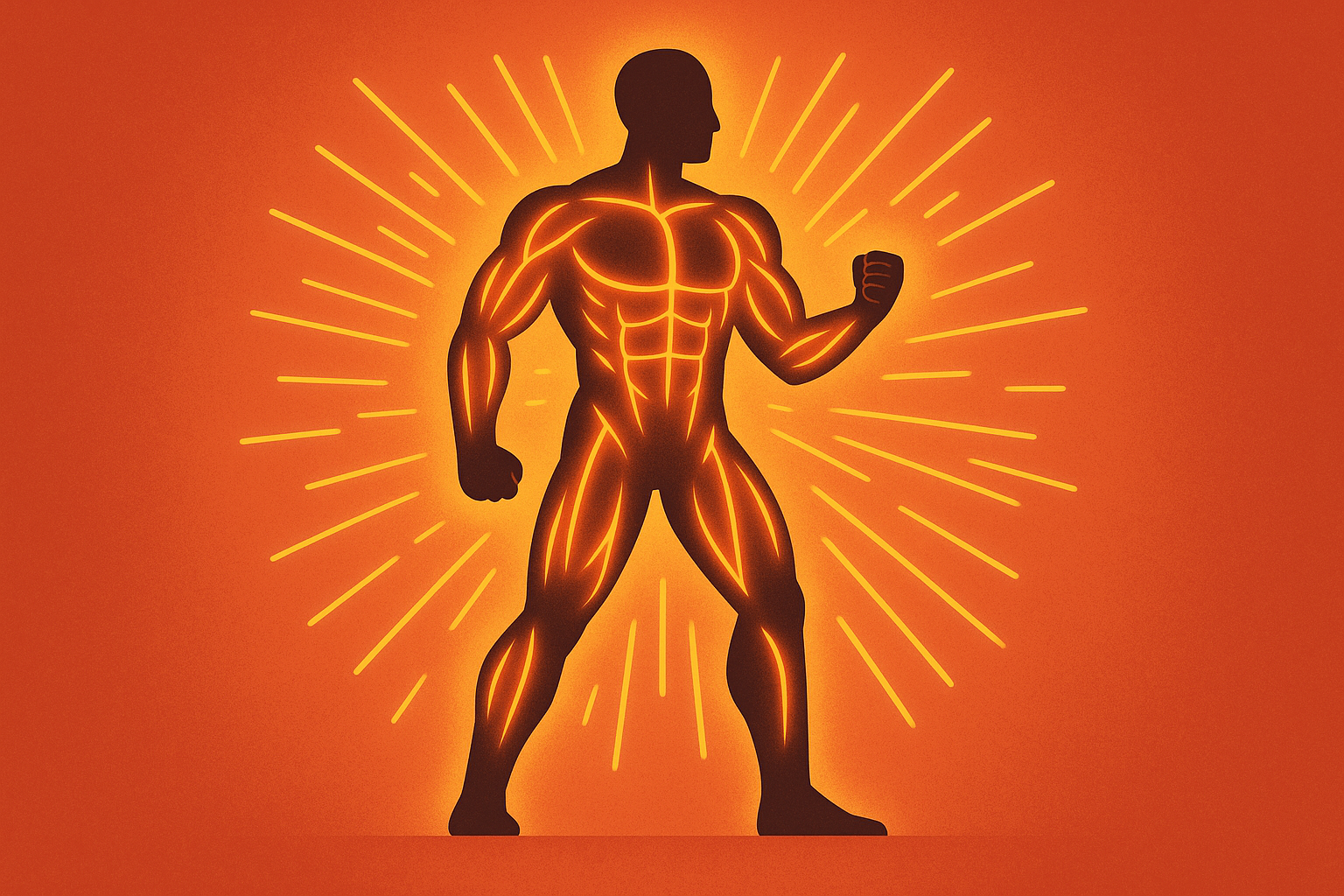
The Cool-Down Effect That Lasts for Hours
Research shows this “afterburn” effect can last anywhere from 15 minutes to 48 hours, depending on how hard you worked and how much muscle you have. While the immediate afterburn only adds about 7 calories after a tough 51-minute workout, the real benefits come from all the behind-the-scenes work your body keeps doing.
Your metabolism doesn’t just return to normal after your last set. Instead, it stays elevated as your body works overtime to get back to normal and fix the damage you created. This process needs a lot of energy that most people never think about.
Your Muscles Become Energy Vampires During Recovery
Building and repairing muscle is incredibly expensive, energy-wise. It requires 20-25% more calories than your normal metabolism during the repair phase. Your muscles basically become energy vampires, constantly demanding fuel to rebuild stronger tissue. This goes on around the clock for 24-48 hours after your workout.
Let me give you a real example. Sarah weighs 140 pounds and does a 45-minute strength workout. She burns about 342 calories during the session itself. But here’s where it gets interesting – her muscles keep demanding energy for repairs over the next 48 hours. This recovery process can bump up her normal metabolic rate by 15-20%, adding roughly 300-400 calories to her daily burn. That’s almost double what she burned during the actual workout!
The Hidden Cost of Cleaning Up the Mess
After intense lifting, your body works overtime to clear out lactate and other waste products from your system. Think of it like cleaning up after a house party – it takes time and energy to get everything back to normal. This cleanup requires your heart rate and breathing to stay elevated, and your cells to work harder to restore order.
I’ve noticed this myself – my heart rate stays higher for hours after heavy deadlift sessions, and I feel warmer than usual. That’s my body’s cleanup crew working overtime, and they don’t work for free.
Why Staying Hot Burns More Calories
Weight training cranks up your core body temperature, and cooling down isn’t free. Your body has to work continuously to get back to normal temperature through increased blood flow, sweating, and heat release.
This temperature control can account for a meaningful chunk of your extended calorie burn. Ever notice how you keep sweating for 30-60 minutes after a tough workout? That’s your body burning extra calories to cool down and maintain the right internal temperature.
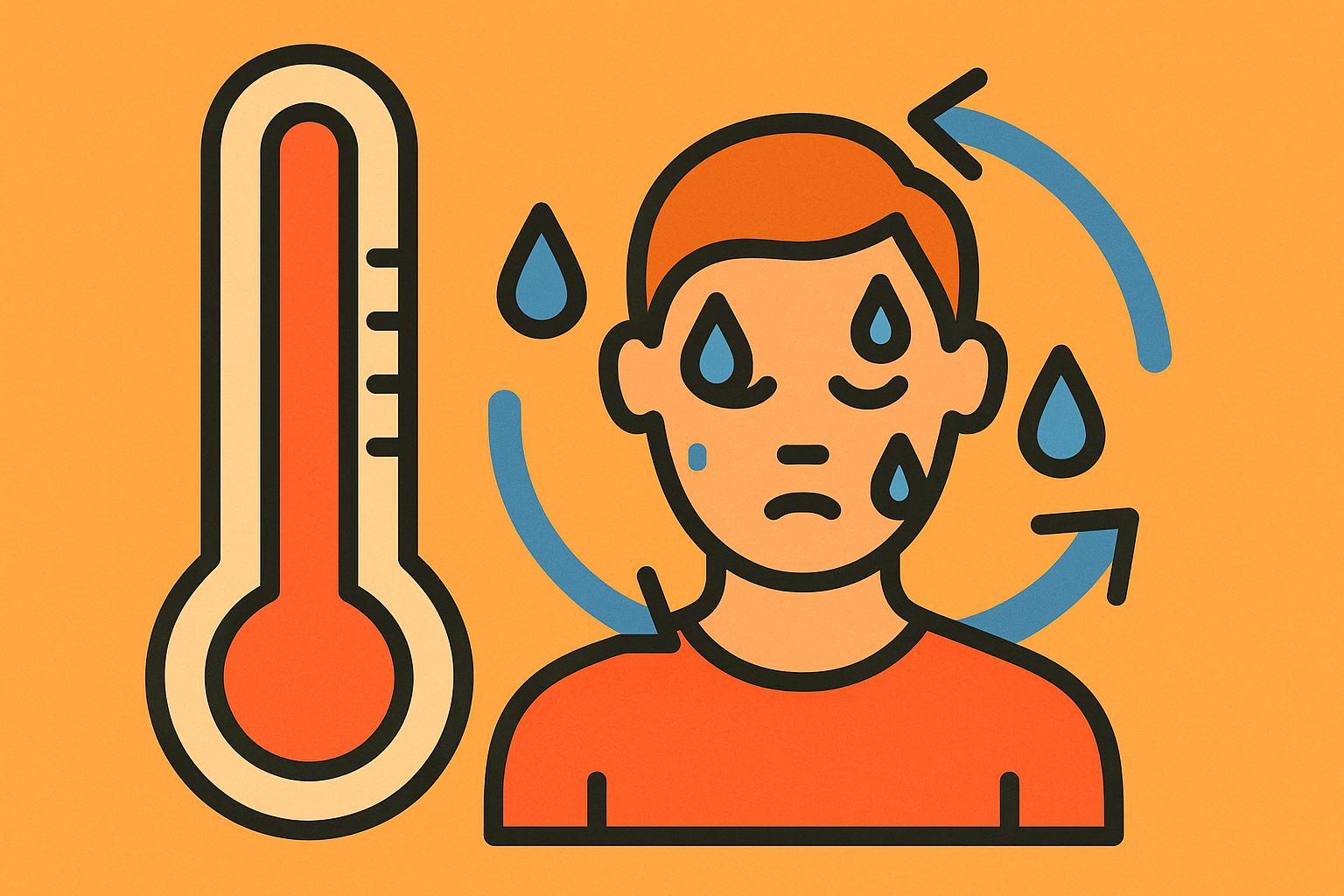
Big Movements Are Calorie-Burning Superstars
How many calories does weight lifting burn depends a lot on which exercises you choose. Big, multi-muscle movements are like the difference between driving a compact car versus a monster truck – they just demand way more fuel.
Exercises like deadlifts and squats are metabolic powerhouses because they get your whole body involved. When you deadlift, you’re not just working your back and legs – you’re using your core, shoulders, arms, and even tiny stabilizing muscles throughout your entire body.
| Exercise Type | Muscles Working | Calories Burned (30 min, 155 lb person) | Why It Works |
|---|---|---|---|
| Deadlifts | 8+ major muscle groups | 180-220 calories | Full-body workout in one move |
| Squats | 6+ major muscle groups | 160-200 calories | Legs, core, and stabilizers all firing |
| Bench Press | 4+ major muscle groups | 140-180 calories | Upper body teamwork |
| Bicep Curls | 1-2 muscle groups | 90-110 calories | Just your arms doing the work |
| Leg Extensions | 1 muscle group | 80-100 calories | One muscle, minimal impact |
Your Whole Body Gets Involved (Even When You Don’t Realize It)
Big compound exercises require teamwork between muscles you’re targeting, muscles that help out, and muscles that keep you stable. Even muscles you’re not thinking about are working hard to keep you balanced and in good form.
This full-body teamwork dramatically increases total energy use compared to exercises that only work one muscle group at a time. When I do heavy squats, I can feel muscles working from my feet all the way up to my upper back – that’s a lot of tissue demanding energy at the same time.
Your Brain Works Hard Too
Heavy compound lifts make your brain and nervous system work overtime. All that coordination and muscle activation takes serious mental energy through brain activity, nerve signals, and muscle recruitment.
The mental effort of coordinating complex movements adds meaningful calorie burn that most people never think about. Ever felt mentally drained after a heavy deadlift session? That’s your brain recovering from the intense work of coordinating such a complex movement.
Recent research highlighted in Harper’s Bazaar emphasizes that strength training enhances mobility, balance, and posture while helping prevent injuries and improve daily function. Studies show it can also boost bone density and prevent osteoporosis, with research indicating that a bout of strength training can boost long-term memory by around 10 percent.
Why Those Calorie Calculators Are Pretty Much Useless
Generic calorie calculators give you rough guesses at best, but your personal response to weight training depends on factors these calculators completely ignore. How many calories does lifting weights burn for you specifically depends on your genetics, training history, and how your body has adapted – none of which those one-size-fits-all formulas know about.
Your individual body is like a fingerprint when it comes to burning calories. I’ve seen people with identical body weights doing the same workout burn completely different amounts of calories based on these hidden factors.
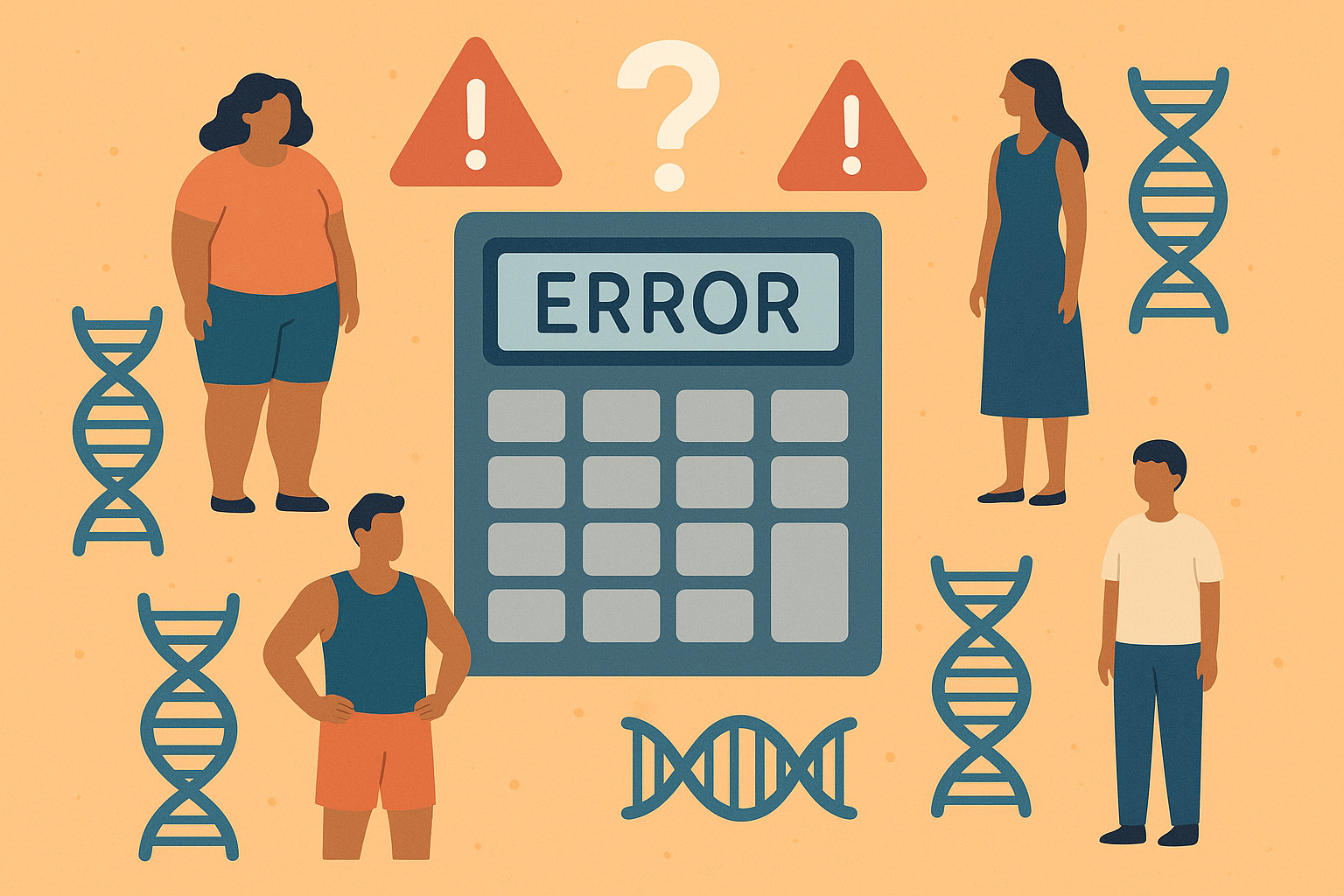
Your Genetic Muscle Blueprint Changes Everything
Your muscle fiber makeup isn’t just about athletic performance – it significantly affects both how many calories you burn during workouts and how long your metabolism stays elevated afterward. People with different muscle fiber types burn calories differently, with some showing much higher afterburn responses than others.
Understanding your genetic blueprint helps explain why your results might be different from your workout buddy’s. Some people are naturally wired to be calorie-burning machines, while others have to work harder for the same benefits.
Fast-Twitch Fibers: The Calorie-Burning Superstars
If you’re genetically blessed with more Type II (fast-twitch) muscle fibers, you’re likely burning significantly more calories than standard calculators suggest. These fibers have higher energy demands and create greater afterburn responses.
People with more fast-twitch fibers often show elevated metabolism for longer periods after workouts and burn more total energy from the same training. Picture two identical twins, both 170 pounds, doing the same workout. Twin A has 60% fast-twitch muscle fibers, while Twin B has 60% slow-twitch fibers. Twin A might burn 15-20% more calories during the workout and keep that elevated burn going for 36-48 hours, while Twin B burns fewer immediate calories but has better endurance. This genetic difference can mean 50-100 extra calories burned per workout for the fast-twitch twin.
Why Being New to Lifting Actually Burns More Calories
Here’s something that seems backwards: beginners often burn more calories than experienced lifters doing identical workouts. Your body’s adaptation to weight training affects calorie burn in ways that might surprise you.
As you get better at movement patterns, you actually need less energy to do the same exercises, even though you’re building more muscle and getting stronger. According to the American Council on Exercise, a 140-pound person burns roughly 7.6 calories per minute of weight training, while someone weighing 180 pounds may burn closer to 9.8 calories per minute. However, one six-month study found that just 11 minutes of strength training, done three times per week, increased participants’ metabolic rate by 7.4%, translating to an extra 125 calories burned per day.
The Efficiency Problem That Reduces Your Calorie Burn
As your body adapts to weight training, it gets more efficient at doing exercises. This improved efficiency means you burn fewer calories doing the same workout over time. Your nervous system learns to use muscles more effectively, your movements become smoother, and your energy use decreases – even as you get stronger.
It’s like learning to drive – at first, everything takes concentration and energy, but eventually, you can drive while barely thinking about it. The better you get at lifting, the less energy your body needs for the same movements. This is why you need to keep challenging yourself with heavier weights or new exercises.
How Your Body Becomes a Better Fuel User
Regular weight training develops what’s called metabolic flexibility – your body gets better at switching between different fuel sources (carbs, fats, proteins) based on what’s available and what it needs.
This adaptation affects both workout performance and recovery energy demands, influencing your overall calorie burn in complex ways that generic calculators can’t account for. Your body becomes more efficient at using whatever fuel is available, which can actually reduce total energy use in some situations.

The Hormone Party That Burns Calories for Days
Weight training triggers a complex hormone response that influences calorie burn far beyond the actual work you do. Does lifting weights burn calories through hormonal pathways? Absolutely – and these hormone responses create effects lasting for days, not hours.
Growth hormone, IGF-1, and testosterone don’t just help build muscle – they require substantial energy to make, transport, and use throughout your body. This is the hidden calorie-burning mechanism most people never consider.
Growth Hormone: Your Body’s Expensive Muscle-Building Chemical
Weight training causes massive growth hormone and IGF-1 release, but making and using these hormones isn’t cheap, energy-wise. Creating, transporting, and using these powerful hormones requires significant energy.
Growth hormone also activates fat breakdown, but this fat-mobilization process itself burns additional calories as your body works to convert stored fat into usable fuel. Your body doesn’t get free energy from fat stores – it has to work for every calorie it gets.
The Hidden Energy Cost of Breaking Down Fat
When growth hormone tells your body to break down fat, it doesn’t get free energy – it has to work for it. The fat breakdown process needs energy to mobilize stored fat, transport it through your bloodstream, and convert it into usable fuel.
This fat-burning process creates additional calorie burn that continues long after your workout ends, contributing to the extended metabolic elevation. I’ve tracked my own metabolic rate using specialized equipment, and the elevation can last 24-36 hours after intense training sessions.

Testosterone’s Role in Revving Your Metabolism
Weight training’s impact on testosterone levels influences your overall metabolic rate, affecting calorie burn even during rest periods between workouts. Higher testosterone doesn’t just help build muscle – it speeds up protein turnover and helps create new mitochondria (your cells’ power plants).
Both processes require substantial energy investment, creating ongoing calorie burn that lasts for days after training. Higher testosterone levels mean your body is constantly working harder behind the scenes, even when you’re sitting on the couch.
The Constant Energy Demand of Muscle Renewal
Higher testosterone levels increase both muscle building and breakdown rates, creating constant energy demand as your body cycles through muscle tissue renewal. This sped-up protein turnover means your muscles are constantly being broken down and rebuilt, requiring continuous energy that adds up to significant additional calorie burn over time.
Think of it as having a construction crew working 24/7 in your muscles – that crew needs to be paid in calories.
Building New Power Plants Costs Energy
Hormone changes from weight training stimulate the creation of new mitochondria – your cells’ power plants. While these new mitochondria ultimately increase your energy capacity, building them requires substantial upfront energy investment.
Your body must make new cellular components, transport them to muscle cells, and integrate them into existing cellular machinery – all energy-expensive processes. As highlighted in recent Prevention Magazine coverage, strength training is especially important for hormone regulation. Research shows that muscle mass decreases 3 to 8 percent per decade after age 30, and at an even faster pace after age 60, making resistance training crucial for maintaining metabolic health and hormonal balance throughout life.
Simple Ways to Get More Bang for Your Buck
Understanding the science is just the beginning – using specific strategies can maximize your calorie-burning potential while supporting overall health. I’ve tried various techniques over the years, and some approaches definitely create more metabolic chaos than others.
Calories burned lifting weights can be significantly boosted through smart techniques for optimizing both immediate calorie burn and long-term metabolic benefits. You’ll learn about training strategies, recovery methods, and eating approaches that can dramatically enhance your weight training’s metabolic impact.
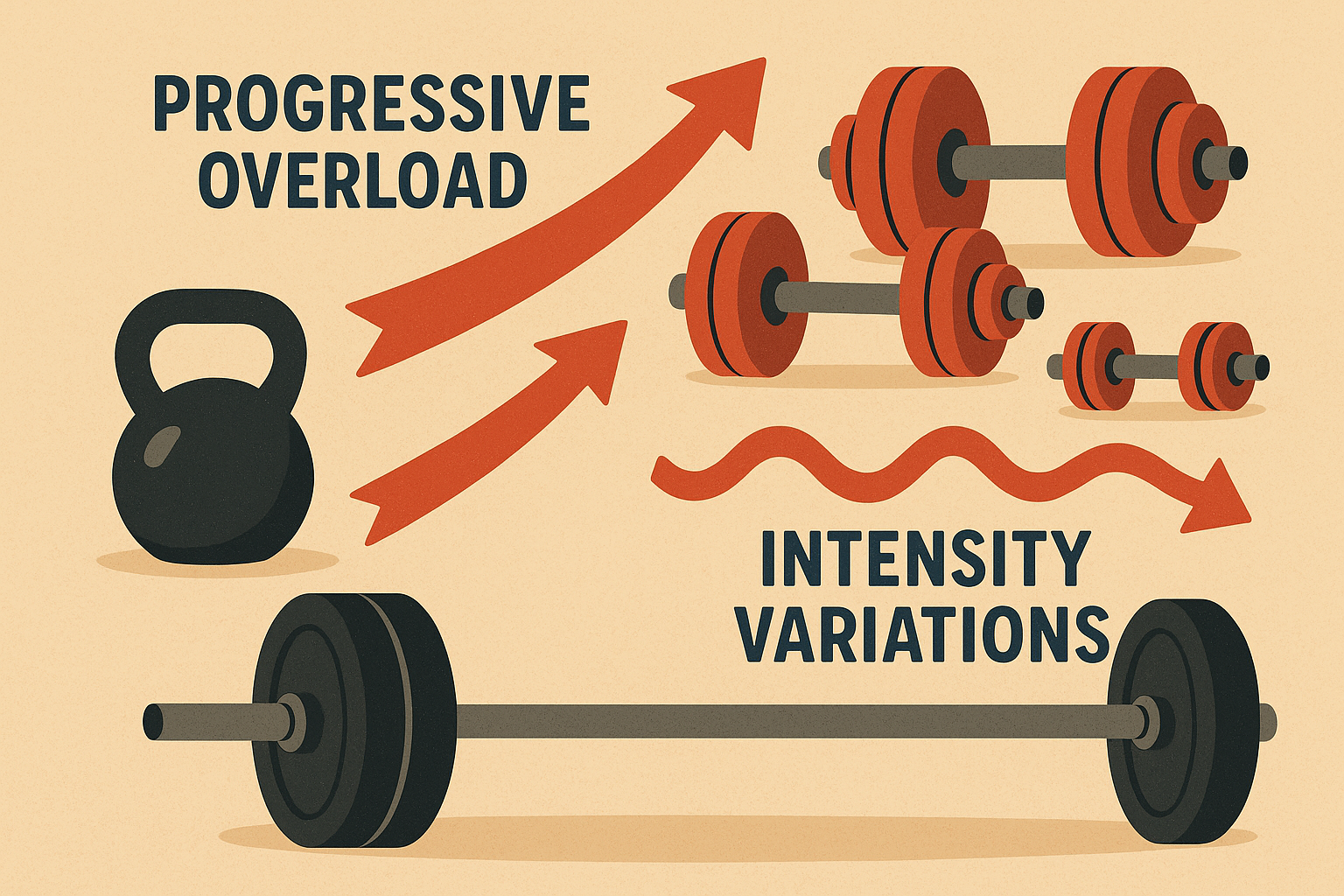
Mix Up Your Workouts to Keep Your Body Guessing
Smart variation in training intensity, volume, and rest periods can optimize both immediate calorie burn and long-term metabolic benefits. Rather than doing the same routine forever, mixing things up creates sustained metabolic stress and elevated calorie burn.
These approaches maintain higher power output and increase total energy use per exercise. Your body never gets comfortable, which means it never gets efficient – and inefficiency burns more calories.
The Intensity Roller Coaster Your Body Loves
Try mixing high and moderate intensity sets within the same workout, creating sustained metabolic stress throughout your session. This prevents your body from settling into an energy-efficient rhythm, forcing it to constantly adapt to changing demands.
The result is elevated calorie burn that extends well beyond traditional same-weight-every-set approaches.
A mixed squat session might look like this: Set 1: 8 reps at moderate weight, Set 2: 5 reps at heavy weight, Set 3: 3 reps at very heavy weight, then repeat 2-3 times. This constant variation keeps your nervous system and metabolism highly activated, potentially increasing calorie burn by 15-25% compared to doing the same weight every set.
Breaking Up Sets to Work Harder
Instead of traditional sets, try breaking them into smaller chunks with brief rest periods, allowing you to maintain higher power output throughout your workout. Instead of doing 3 sets of 10 reps, you might do 6 mini-sets of 5 reps with 15-20 seconds between mini-sets.
This approach increases total training volume and energy use while maintaining exercise quality and intensity. I’ve found this particularly effective for maintaining strength output while dramatically increasing metabolic demand.
| Training Method | Rest Periods | Power Output | Calorie Burn Increase | Afterburn Effect |
|---|---|---|---|---|
| Traditional Sets | 2-3 minutes | Decreases each set | Baseline | Moderate |
| Mixed Intensity | 2-3 minutes | Varies by weight | 15-25% higher | High |
| Mini-Sets | 15-20 seconds | Maintained throughout | 20-30% higher | Very High |
| Circuit Training | 30-60 seconds | Moderate consistency | 25-35% higher | Moderate-High |
| Fast-Paced Training | Minimal rest | High throughout | 35-50% higher | Extreme |
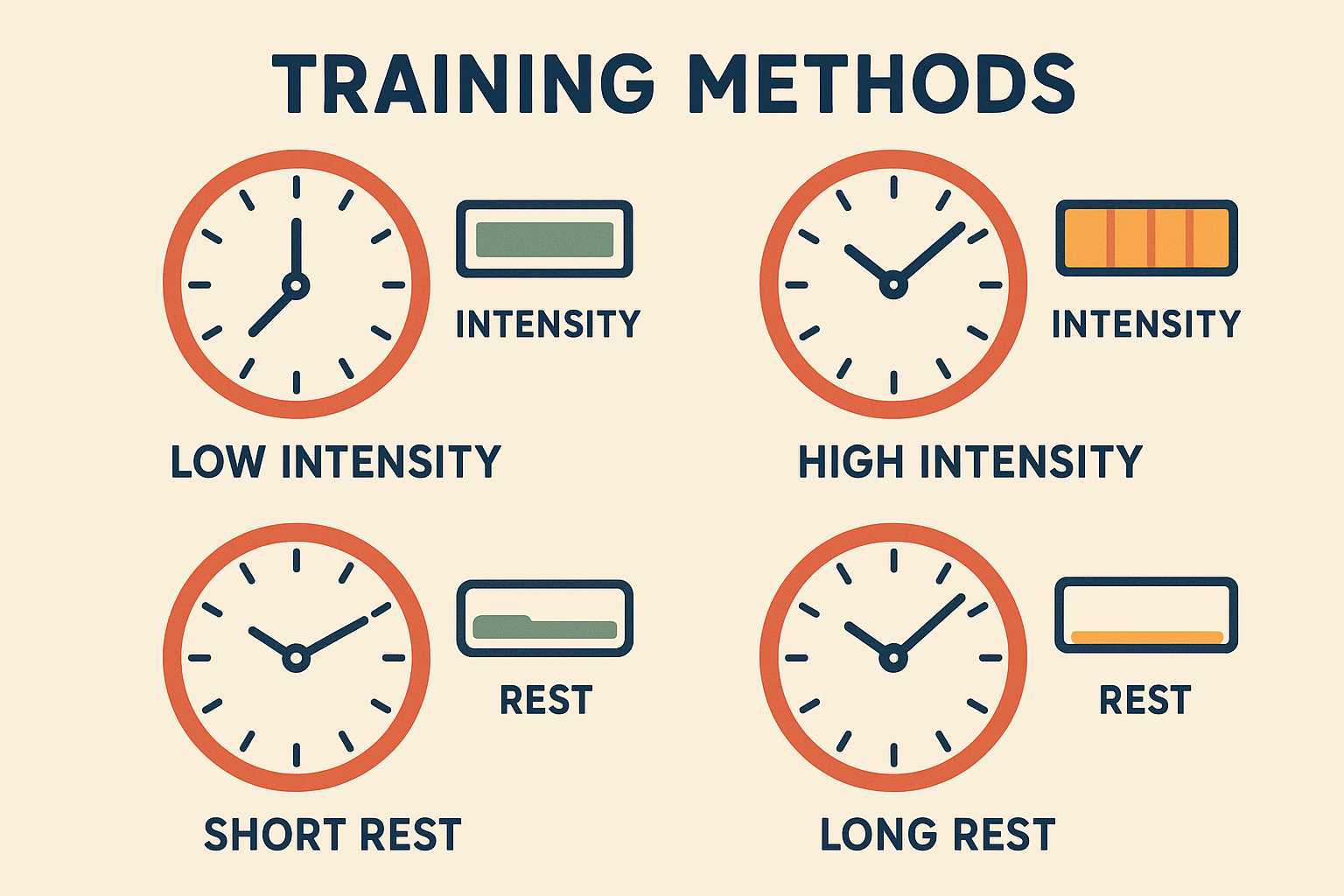
How to Recover Better (and Keep Burning Calories)
How you recover between workouts significantly impacts your ongoing calorie burn and metabolic health. Smart recovery practices can enhance the afterburn effect and support the energy-expensive processes of muscle repair and adaptation.
Light activity, in particular, maintains elevated metabolism while supporting the recovery processes that burn additional calories. Complete couch-potato mode can actually slow down the metabolic processes that contribute to extended calorie burn.
Why Complete Rest Might Be Hurting Your Calorie Burn
Light movement between training sessions maintains elevated metabolism while supporting recovery processes. Smart active recovery keeps your system primed for continued energy use while promoting blood flow and nutrient delivery to recovering muscles.
I’ve tracked my own recovery using heart rate monitors, and the data clearly shows that light activity on rest days maintains higher baseline metabolic rates compared to complete couch-potato recovery.
Simple Recovery Tips:
- Take 20-30 minute walks on rest days
- Do some light stretching or yoga between intense sessions
- Keep a consistent sleep schedule (7-9 hours nightly)
- Stay hydrated with about half to one ounce of water per pound of body weight
- Try contrast showers (alternating hot/cold) to boost circulation
- Use a foam roller or get massages 2-3 times weekly
- Monitor how you feel to gauge recovery status
- Avoid sitting still for more than 2 hours at a time
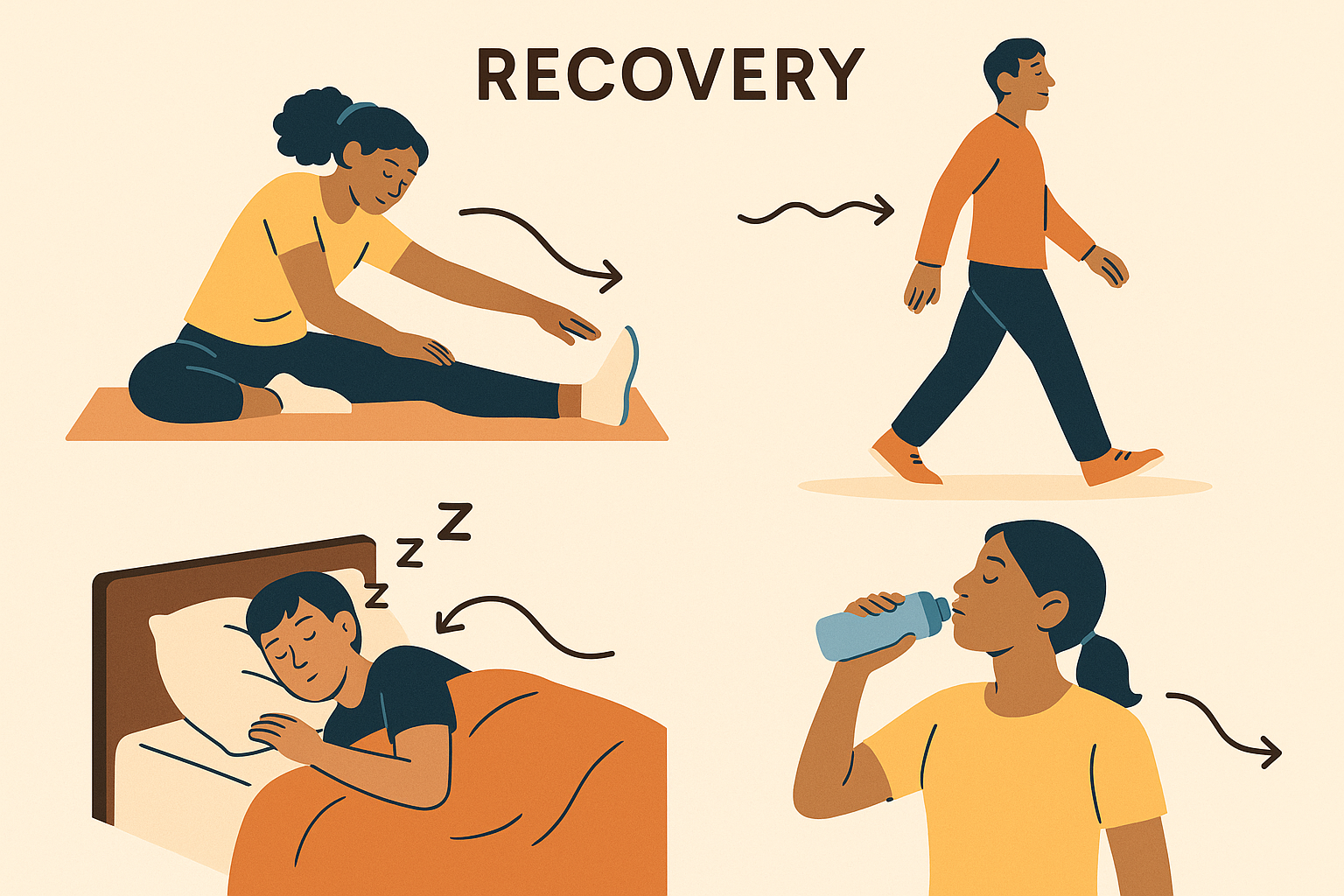
Eating Smart to Keep the Fire Burning
When and what you eat around your weight training sessions can influence both performance and the metabolic response that drives calorie burn. Post-workout nutrition, in particular, can enhance the energy cost of digesting food while supporting the energy-expensive process of muscle building.
Smart eating timing maximizes both your training results and ongoing calorie burn. The timing of your meals can literally determine whether your body continues burning calories at a high rate or returns to normal more quickly.
The Double Calorie Burn of Post-Workout Protein
Eating protein after weight training creates a double metabolic benefit. First, protein has the highest energy cost of all nutrients to digest and process. Second, post-workout protein enhances muscle building, which we know is an energy-expensive process.
This combination can add meaningful calories to your daily burn while supporting your training goals. I’ve tried different protein timing strategies, and eating 30-40 grams within 30 minutes after working out consistently produces the most noticeable metabolic boost.
Simple Post-Workout Eating Timeline:
- 0-30 minutes after workout: 20-30g fast-absorbing protein (whey protein shake works great)
- 30-60 minutes: Add 30-50g carbohydrates to refuel your muscles
- 2-3 hours: Complete meal with protein, complex carbs, and healthy fats
- Throughout day: Aim for 0.8-1.2g protein per pound of body weight
- Before bed: 20-30g slow-digesting protein (Greek yogurt or casein) to support overnight recovery
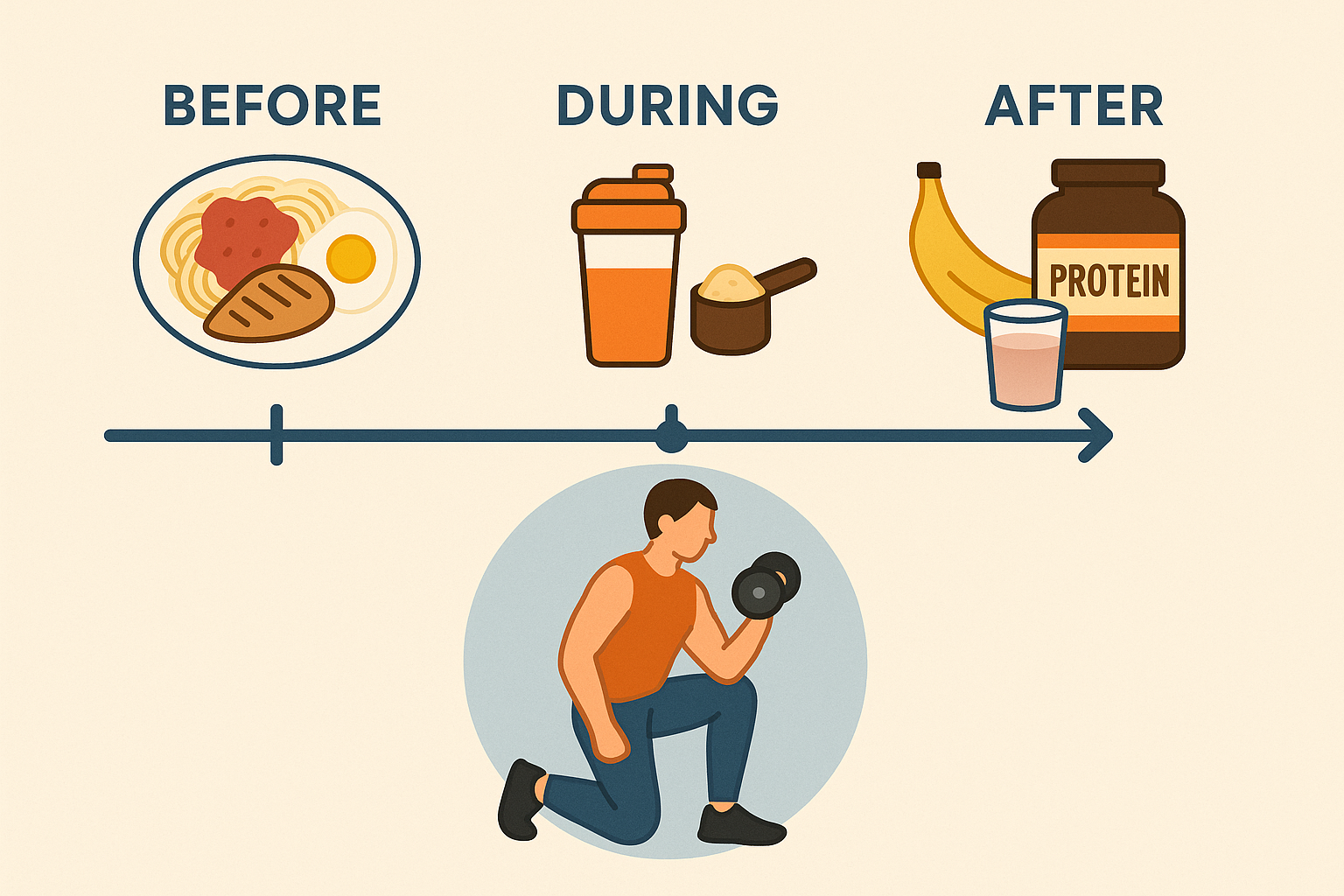
Ever wonder why some people seem to burn calories effortlessly while others struggle despite similar workout routines? The answer often lies in these simple strategies that go far beyond basic calorie counting.
The Bottom Line
Weight training’s calorie-burning potential goes way beyond what happens during your actual workout. The 48-hour metabolic window, your individual genetics, hormone responses, and smart implementation techniques all contribute to a complex picture that generic calculators simply can’t capture.
Your body is constantly working behind the scenes – building proteins, cleaning up metabolic mess, regulating temperature, and producing hormones – all of which require significant energy. The key insight here isn’t just that weight training burns more calories than you might think, but that it burns them in ways that create lasting metabolic benefits.
Unlike the immediate but short-lived calorie burn of traditional cardio, weight training creates a sustained metabolic elevation that continues working for you long after you’ve left the gym. This understanding should fundamentally change how you approach your training and recovery strategies.
Remember, your individual body means your results will be unique. Factors like muscle fiber composition, training history, and hormone responses all influence your personal calorie burn equation. Rather than relying on one-size-fits-all formulas, pay attention to how your body responds to different training approaches and recovery strategies. The most effective approach is one that’s tailored to your individual body and consistently applied over time.

